Hello, Nook fashionist, have you ever wondered how fashion came about? Fashion is an art that changes according to the decade and with it the largest history book is made.
Today I bring you a brief summary of the history of fashion that you cannot miss because that way you can discover more about it.
From 1800 to 1890 fashion became a “New Era” concept, princess cut, light fabrics such as cotton, linen, terylene and muslin. Corsets became less stiff, shawls, simulation of tunics, etc.
The most characteristic of this period was the shirt dress, a dress with a straight and pronounced neckline, tight below the chest and falling straight down to the feet.
The silhouette changed again at the end of the period and was inspired by classical Greek and Roman fashion. A thin and soft dress that covered the entire chest called Chemise which is part of the fashion of the empire.
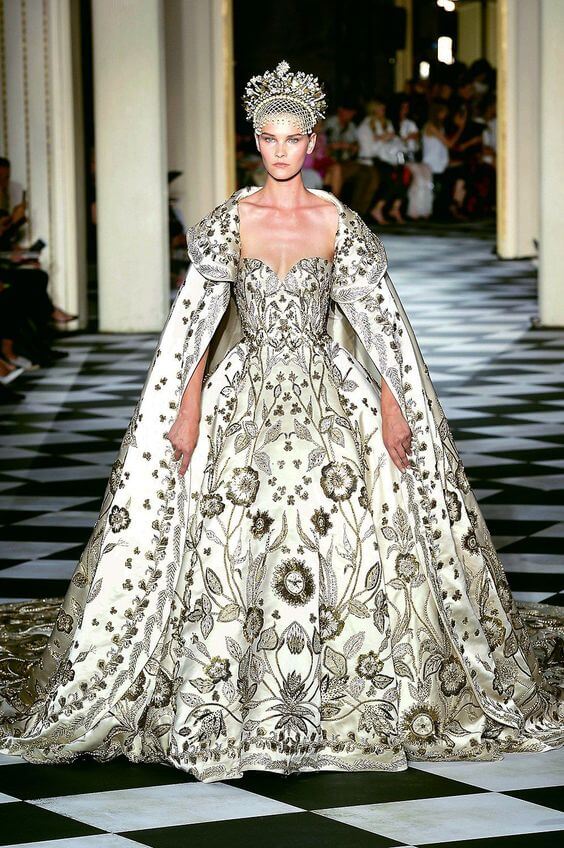

From 1900 to 1910 France was known as the center of fashion.
Overloaded hats, fur dresses, feathers, hourglass silhouettes and long dresses characterized the beginning of the XX century.
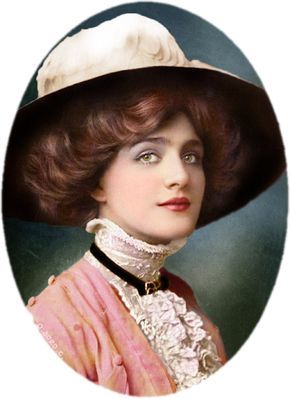

At this time, magazines stopped being illustrated to be photographed, and one of the first French magazines to include model photography was “Les Modes” published in Paris and distributed in London, Berlin and New York.
Evelyn Nasbit was one of the first models in the history of fashion, appearing in Vanity Fair and Harper’s-Bazaar.
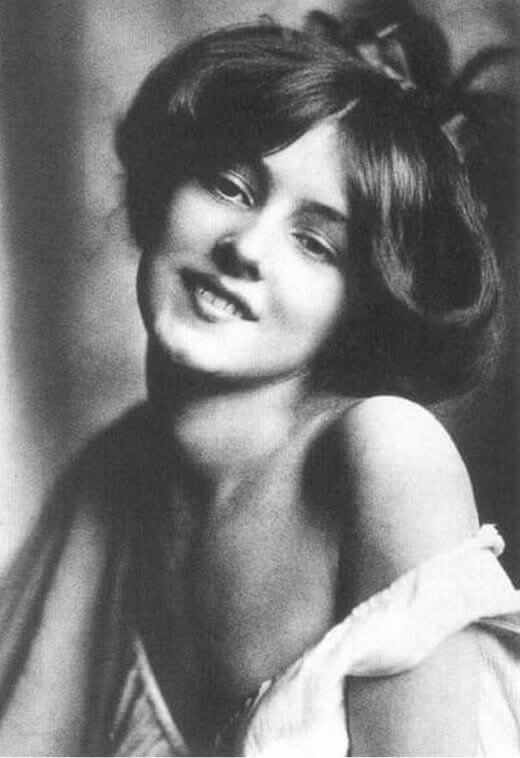
Paul Poiret, the famous “King of fashion” came to free women from the corset, and made silhouettes very advanced for the time, he believed that the true fashion lovers who were really elegant, were those who “invented fashion” not those who followed it. He gained fame with the creation of the so-called “La Vage” silhouette. It was so narrow at the bottom that you could only walk in it by taking tiny steps. “I have freed their torsos, but I have tied their legs,” the couturier said.
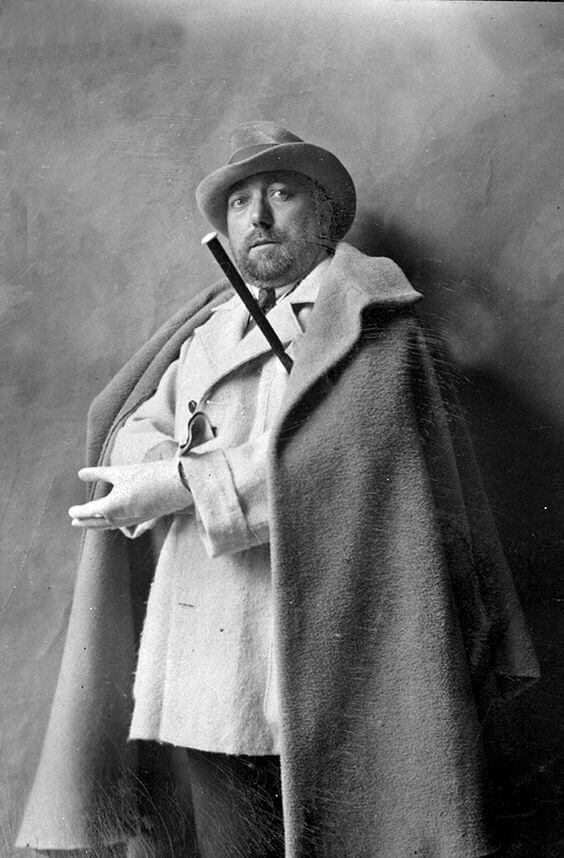
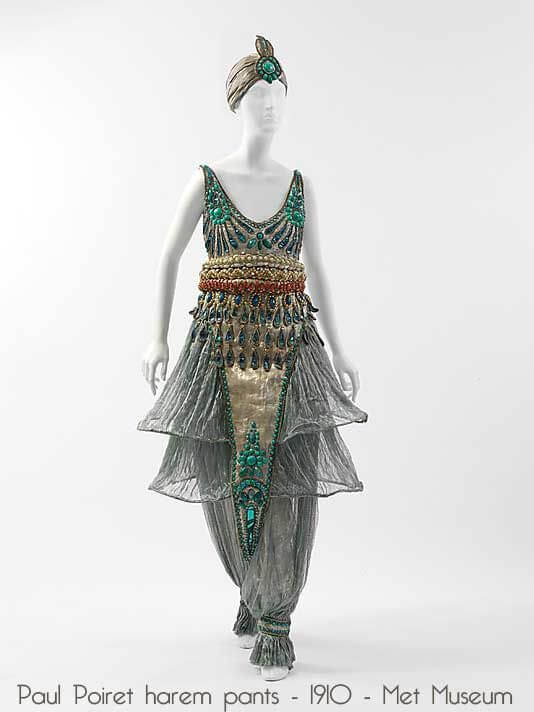
The famous 20’s, full of glamour and rebellion. This decade was mainly influenced by social changes, women’s liberation and the rebellion marked by the end of the First War; fun, nightlife, extravagance and sophistication.
The simplicity of the day dresses, is oriented to work, with straight cuts and resistant fabrics such as knit, for the night it becomes an absolute show of luxury and expression; bright dresses with sequins and embroidery, fur, fringe and marabou feathers, was an exaggerated sophistication, loaded with accessories such as capes, headdresses, hairnets, and some masculine as the cane, the monocle and the long mouthpieces.
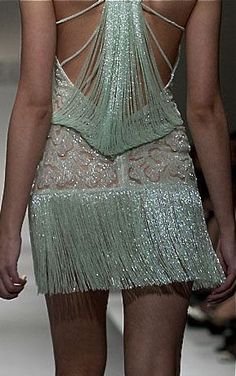
The makeup was intense red and purple tones, white skin, small and heart-shaped mouth, highlighting her cheeks and eyelashes and plucking her eyebrows.

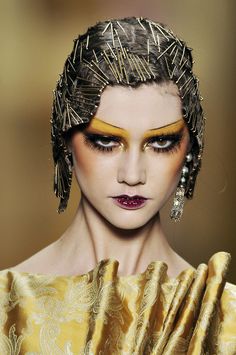
And so a lot of history behind, where fashion evolved according to the thoughts of those times and where it became a more liberating, glamorous and flirtatious fashion. Until today it continues with its evolution and making its history a timeline bigger and bigger. Let’s be part of that change.

